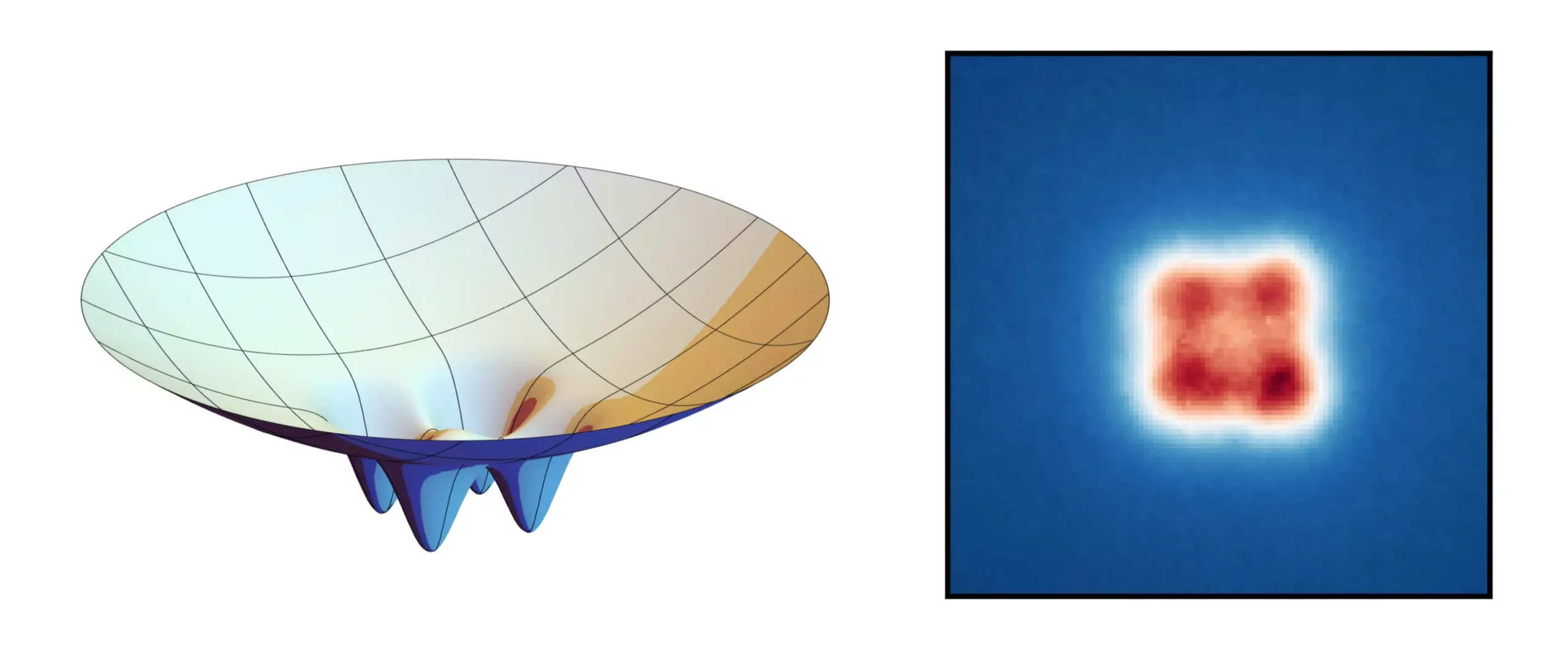Light particles have the ability to merge into a super photon under certain conditions, creating a Bose-Einstein condensate that opens up new possibilities in the field of quantum physics. Researchers at the University of Bonn have made significant progress in shaping these super photons using tiny nano molds, allowing for the creation of lattice structures that have the potential to revolutionize the exchange of information in a secure manner.
The researchers at the Institute of Applied Physics (IAP) create super photons by filling a small container with a dye solution, with reflective side walls that help in the cooling process. By exciting dye molecules with a laser, the photons bounce back and forth between the reflective surfaces, gradually cooling down until they condense into a single super photon. However, what sets this experiment apart is the deliberate addition of small indents to the reflective surfaces, providing more space for light particles to collect and creating a lattice structure within the condensate.
The lattice structure imprinted on the condensate allows for the creation of regions where the super photon prefers to stay, similar to dividing a bowl of water between multiple cups. This unique property of the super photon enables the possibility of quantum entanglement, where changes in one cup will impact the light in the other cups, creating a secure medium for information exchange between participants.
By changing the form of the reflective surfaces, researchers believe that it is possible to create Bose-Einstein condensates that are split between multiple lattice sites, potentially allowing for secure communication between numerous participants. This groundbreaking study has demonstrated how specific emission patterns can be intentionally created for practical applications in the future.
The ability to shape super photons using nano molds opens up a world of possibilities in the field of quantum physics, particularly in the realm of secure information exchange. By creating lattice structures within Bose-Einstein condensates, researchers pave the way for tap-proof communication between multiple participants. The future of light particles is indeed bright, with endless opportunities for exploration and innovation in this rapidly evolving field.


Leave a Reply